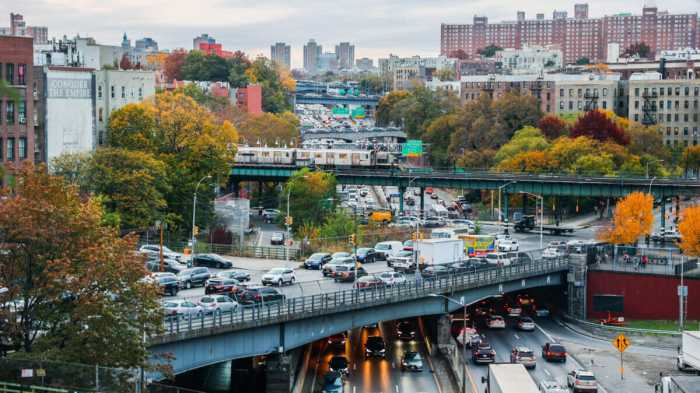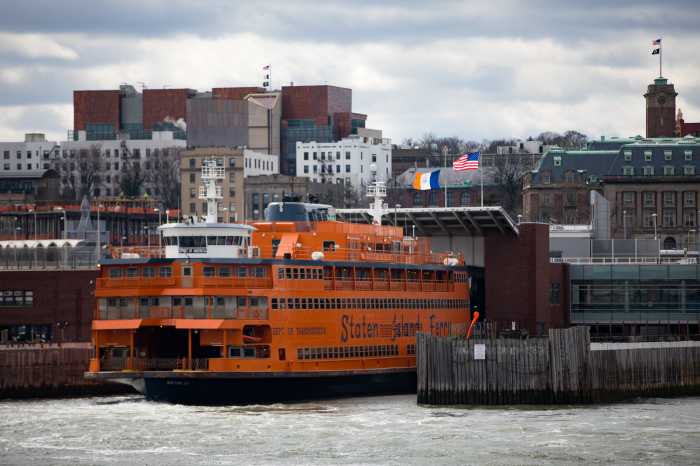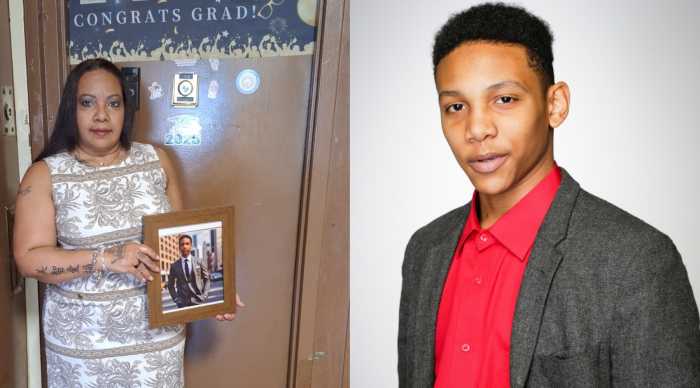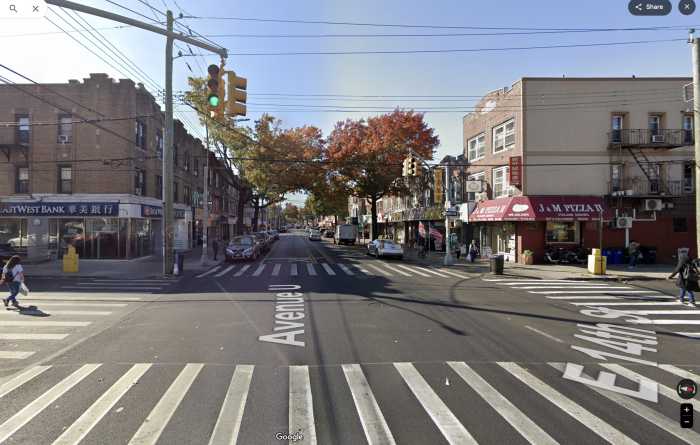Commuters are still feeling pain underground from subway delays — with weekend snags up almost 40%, and weekday interruptions rising about 28%, according to the most recent month for which transit data was released.
Riders had to cope with almost 50,000 disruptions on weekdays this September — up from 38,317 during the same month last year. About 13,750 delays snarled riders’ weekend plans in that month, up from about 9,900 the year before.
Terese Sanabria, a 51-year-old C train rider from the Ocean Hill section of Brooklyn, said she’s had a tough time making it to work , due to her commute.
“The C is forever late,” she said. “There’s only so much I can do, especially when I leave the house on time. I think I’m gonna make it in the time I set out for myself, and then I’m waiting for a long time.”
Trains packed like sardines are a major source of service problems — with overcrowding delaying more than 20,000 trains in one month.
Signal problems, construction work, unruly riders, and sick passengers also can wreck service.
The MTA said Monday it is using platform controllers to lower the amount of time it takes for trains to get in and out of stations. The workers ask passengers boarding to move aside so riders can get out of trains faster.
Officials said in a video about the program that it can take as much as one or two minutes for the No. 6 train to get in and out of stops on the packed Lexington Avenue line.
“People are like this, on their phones,” said platform controller Constance Seale. “And the train doors are open and they’re standing there, and they’re not realizing that they need to be walking.”
Controllers also can help sick customers get off of trains and onto platforms faster, officials said. Ill riders are a significant source of delays, snagging almost 3,000 trains alone in September.
“The ripple effect of an isolated incident can have very significant impacts on service, particularly on busy lines,” said MTA senior vice president Joe Leader.
The latest data shows that the No. 5, 6 and A trains missed the MTA’s wait standards more than other lines. They meet that standard if they go 25% or below over the scheduled spacing in between trains.
The No. 6’s performance has been boosted by MTA initiatives to reduce delays, officials said during a transit meeting on Monday.
It made that wait standard at least 70% of the time on almost a third of the days in September, up from no days in March.
“One small delay, even for 30 seconds, can delay eight to 10 trains behind it,” said general superintendent Lorraine Lassiter, in the video that was released.
Transit data shows the F train and R lines have significantly improved their service on weekends — up 10% and 9.7% in their performance, respectively.
The MTA said it sped up maintenance work to fix problems that were impacting the F line, and that new track installed on the R line may be boosting its service.






























